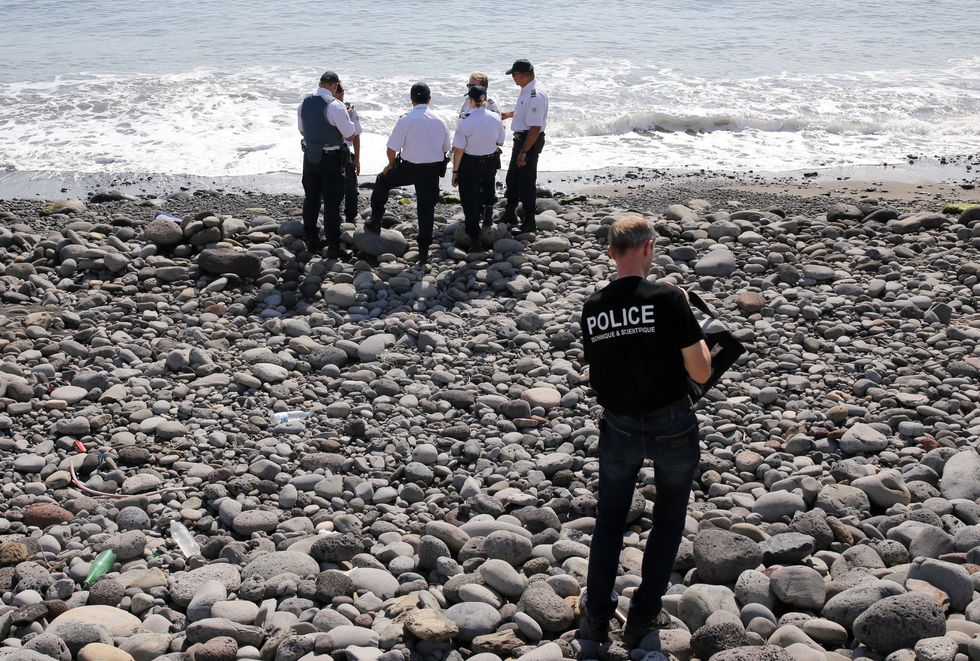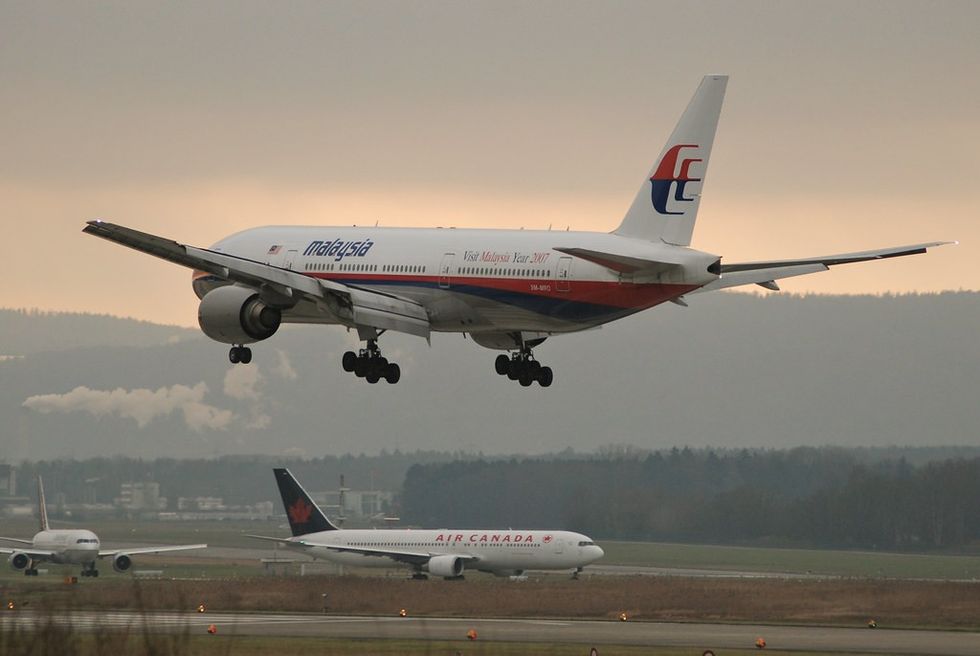A signal has been found in the search for missing MH370 after researchers used underwater microphones to detect the Malaysia Airlines Flight
Getty
The flight carrying 239 people disappeared after taking off from Kuala Lumpur in March 2014
Don't Miss
Most Read
Trending on GB News
A signal has been found in the search for missing MH370 after researchers used underwater microphones to detect the Malaysia Airlines Flight.
Researchers from Cardiff University have discovered a signal which could help identify the resting place of the Boeing 777 aircraft.
The flight - carrying 239 people - disappeared after taking off from Kuala Lumpur on March 8, 2014.
The doomed flight is believed to have crashed into the southern Indian Ocean, according to satellite data which shows the plane deviating from its flight path.

Despite huge multinational search efforts, the main wreckage has never been located
GETTYDespite huge multinational search efforts, the main wreckage has never been located.
It is understood that when a aircraft crashes at a speed of 200 meters per second, it releases kinetic energy comparable to that of a minor earthquake.
It would be large enough to be recorded by hydrophones - underwater microphones - thousands of miles away.
There are two hydroacoustic stations based at Cape Leeuwin in Western Australia and Diego Garcia, an island in the Indian Ocean.
LATEST DEVELOPMENTS:
Both locations were operational at the time MH370 is thought to have disappeared.
The stations are situated within a signal travel time of tens of minutes from the seventh arc - a search area 1,200 miles west of Perth identified as the final communication point between the satellite and the plane.
Experts from Cardiff located one six-second signal at the Cape Leeuwin station that coincides with the narrow time frame when the aircraft could have crashed.
However, it was not recorded at the Diego Garcia station.
 The Malaysian Airlines plane went missing in 2014FLICKR
The Malaysian Airlines plane went missing in 2014FLICKR"This raises questions about its origin,"researcher Dr Usama Kadri, a reader of applied mathematics, told The Telegraph.
He said: "Given the sensitivity of hydrophones, it’s highly unlikely a large aircraft impacting the ocean surface wouldn’t leave a detectable pressure signature, particularly on nearby hydrophones."
Kadri said his team would need to conduct further research with an exercise involving explosions or airguns to cross-reference signals from those with sounds picked up by hydrophones.
He added: "If the signals from such explosions showed pressure amplitudes similar to the signal of interest, it would support focusing future searches on that signal.
"If the signals detected at both Cape Leeuwin and Diego Garcia are much stronger than the signal in question, it would require further analysis of the signals from both stations."








